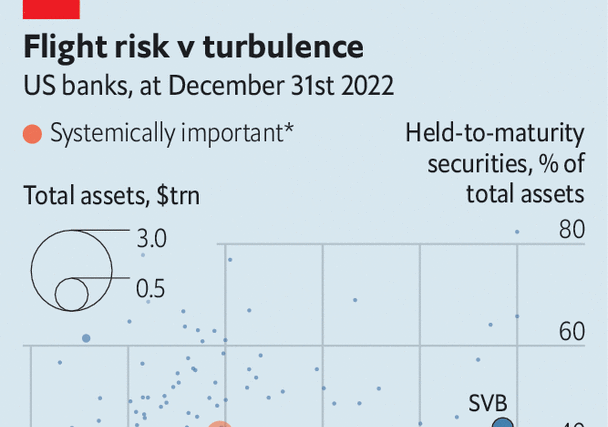If your business is handling customer transactions electronically, there is always the risk of exposing their personal data to hackers and fraudsters. Over the past year, the frequency of cybercrime increased as more businesses started migrating online.
In fact, Interpol reported an alarming increase in cybercrime incidents over the past year. These incidents mostly involve phishing, data harvesting malware, and ransomware. Considering these threats, businesses should do more in keeping customer data safe.
Data security should be a top priority as new tools and strategies for preventing data theft are being developed. Here’s what you can do to defend against data thieves.
1. Keep up with the latest trends
Knowing how fast technology is evolving, you will need to be prepared for cybercriminals who are using increasingly sophisticated ways to harvest data. You will need to get ahead of them by adopting data security measures that are designed to combat the latest threats. As of now, hackers are using social engineering and botnets to bypass outdated cybersecurity systems and steal information such as credit card numbers and addresses. With increased awareness, you will be able to pre-empt a cyberattack and prevent exposing customer data to the latest threats.
2. Use data encryption
In most cases, cybercriminals intercept data being exchanged between you and your customers. The most effective way to prevent this is through data encryption. This enables you to protect customer data by making it unreadable to hackers. To make the most out of the process, consider encrypting data in multiple layers and adopting Advanced Encryption Standard-256 with a strong key. Doing these will help protect against brute force attacks. Just make sure to update your encryption practices regularly.
3. Install secure payment gateways
Most hackers focus on attacking payment gateways where credit card information is entered. It’s for this reason that business owners like yourself will need to comply with data security regulations such as the Payment Card Industry Data Security Standards.
Following this standard, your business is required to install secure e-commerce payment solutions if you are encouraging cashless transactions. For this, you might want to consider a secure credit card reader for Android devices that instantly captures credit card information. You will also need to train employees in handling sensitive customer data and install and update data security assets such as firewalls and anti-virus software.
4. Encourage customers to use two-factor authentication
Hackers can fish for user names, emails, and passwords one way or another. With two-factor authentication, you add an extra layer of security and stop hackers from forcing their way into the personal accounts of your customers. This verification technique involves sending a one-time PIN (OTP) or code to a customer’s mobile phone. A hacker will need the code to access the account. If the customer receives a code and suspects an unauthorized attempt, they can immediately lock their account or change the password altogether.
Technology is rapidly advancing and it’s important for businesses to keep up. As much as they want to improve online and cashless experiences, investing in stronger cybersecurity shouldn’t be pushed to the sidelines.




The Most Read
Сryptocurrencies
Bitcoin and Altcoins Trading Near Make-or-Break Levels
Financial crimes
Thieves targeted crypto execs and threatened their families in wide-ranging scheme
Financial crimes
Visa Warning: Hackers Ramp Up Card Stealing Attacks At Gas Stations
News
Capitalism is having an identity crisis – but it is still the best system
Uncategorized
The 73-year-old Vietnamese refugee is responsible for bringing Sriracha to American consumers
Uncategorized
Electric Truckmaker Rivian, Backed By Amazon, Ford, Raises Whopping $1.3 Billion